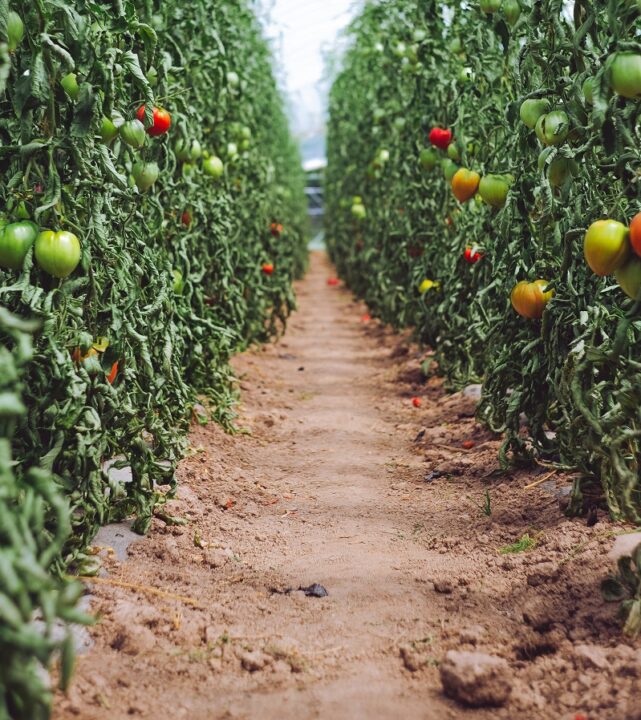Local Produce Benefiting Florida Schools

Every year, Florida’s children head off to school for a whole new set of experiences. For most kids, they will be in a new classroom with a new teacher and surrounded by new classmates. Some might even be attending a whole new school. This year, Florida students will be going back to more than new classes, teachers, and friends — they will see changes in school meals, too.
As Florida’s Commissioner of Agriculture, improving the nutritional value of school meals by adding more locally grown produce to school trays has been one of my top priorities. In 2011, I worked with the state legislature to move Florida’s School Nutrition Program from the Department of Education to the Florida Department of Agriculture and Consumer Services. Because of our knowledge of and relationships with the agriculture industry, I believe we can better connect Florida’s growers and producers with schools and direct more of our world class fresh fruits and vegetables to school cafeterias.
Raising The Bar
Since transferring the program to this department, we have raised the bar on the quality of food available in Florida’s schools. We have worked with the state’s school districts to implement changes to school meal standards that add more fruits, vegetables, whole grains, and fat-free and low-fat milk to school breakfasts, lunches, and snacks. For example, starting this year, at least half the grains offered will be whole grain. Fat-free flavored milk is available. And students will receive one-half cup of fruit per day.
In addition to offering healthier options in school, we have worked to enlist an increasing number of growers and producers to participate in the Farm to School program. The program pairs local growers and producers with K-12 schools to provide Florida children with nourishing, locally grown fresh fruits and vegetables. Also, the department has coordinated statewide lunch menus to coincide with Florida’s harvest seasons. By aligning the produce side of the school menus with our harvest seasons, Florida’s schools will be able to access more locally grown produce at affordable prices. Incorporating locally grown products into school meals also supports local economies, reduces transportation costs, and helps to preserve farms and farmland.
Teaching And Learning
In addition to improving school nutrition, we are committed to educating students and their families about the benefits of eating fresh local produce. We have educational programs throughout the school year and even during the summer. One such program called “Huddle Up For Breakfast” teaches children about how eating breakfast positively affects their body and creates a fun atmosphere for students to enjoy breakfast at school. We are growing kids’ appreciation for fresh and wholesome foods, establishing the foundation for a lifetime of eating healthy Florida produce.
By making these important changes, we ensure all children have access to the healthy meals they need to succeed in school. We’re proud of the improvements to the school nutrition across the state because research shows there is a direct connection between nutrition and academic success. Eating a wholesome breakfast improves academic performance, boosts attendance, and increases the likelihood of high school graduation.
Florida has an abundance of fruits and vegetables — exactly what should be served in school cafeterias. We are committed to exploring opportunities to further marry farmers with school districts, incorporating technology to increase awareness of product availability and need and creating additional demand for product during harvesting times. By expanding access to nutritious foods through agricultural partnerships and education efforts, we will help foster healthier eating habits among our youngest residents, creating a better and brighter Florida for our children and our farmers.










